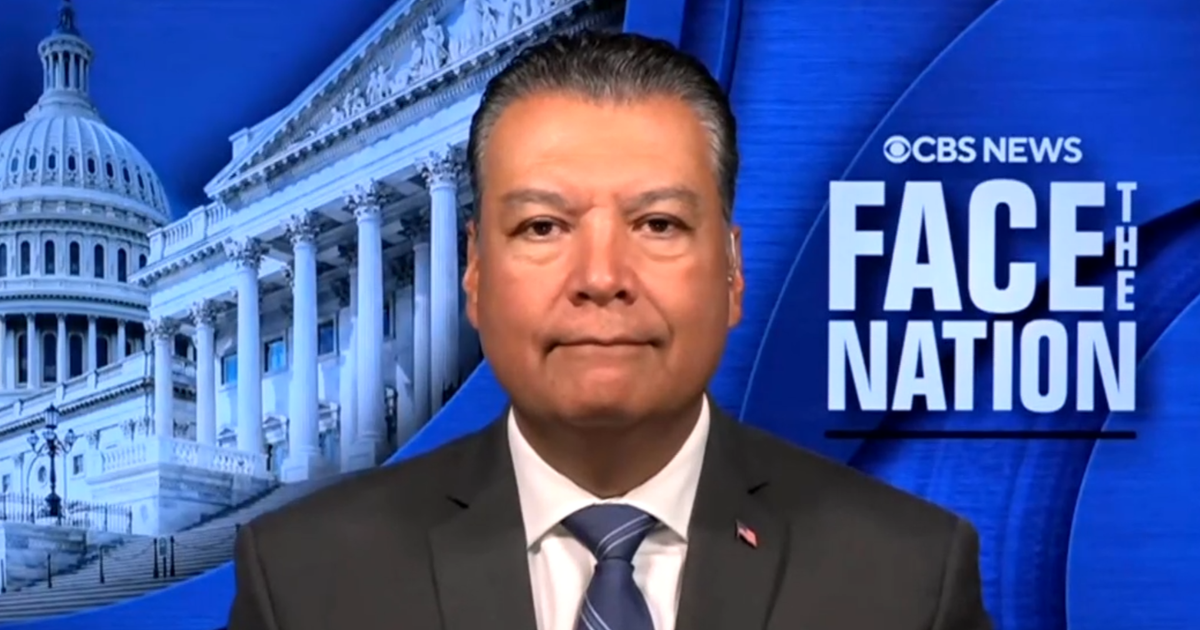4 questions about Trump’s Obamacare alternatives
Last week, President Donald Trump signed an executive order asking staff at three government agencies to develop proposals that would make significant changes to the health insurance market. The order aims to broaden the scope of so-called association plans, reduce benefit regulations and lengthen the time period for short-term health care policies.
The move was quickly overshadowed by the administration's announcement later that same day saying the federal government would no longer pay cost-sharing subsidies designed to make health insurance affordable for low-income consumers.
Supporters of the Affordable Care Act alternatives that Mr. Trump aims to create say the executive order will result in more choices for consumers and will help bring down premium costs.
However, critics worry that the efforts will further destabilize the individual insurance market -- especially in light of the cost-sharing news -- and leave consumers with far less comprehensive coverage than that available through the Obamacare exchanges. The executive order's changes, some of which include selling insurance across state lines and allowing individuals to buy into group plans, may face legal challenges.
Caught in the middle are consumers -- especially those preparing to choose an exchange health plan for 2018 when open enrollment opens on Nov. 1. They're left scratching their heads, wondering how and when the order will affect them. To help figure it out, here's a brief FAQ.
Will these alternatives be available during 2018 open enrollment?
In a word, no. The executive order calls on three federal agencies -- the Labor Department, Health & Human Services Department, and Treasury Department -- to submit formal proposals and provide a public comment period. This process usually takes several months.
The news should not affect the way you evaluate coverage for 2018, said Frank Winter, partnership manager at the Centers For Medicare & Medicaid Services. And consumers most certainly shouldn't put off signing up for 2018 coverage because they think more choices are coming, he added
What are association plans, and how do they work?
These plans are formed when a group of similar small businesses bands together to buy insurance through an association as part of the group insurance market. Group insurance can often offer much lower premiums than those found in the individual market.
But you may wind up paying for other medical expenses instead. That's because these plans don't have to cover the 10 essential health benefits, such as maternity care, hospitalization and prescription drug coverage, that are mandated under the ACA.
"Participants may pay less in premiums, but they won't see the same comprehensive coverage we have now," said Kathleen Hempstead, senior adviser at the Robert Wood Johnson Foundation.
What's more, the executive order allows associations to form with the express purpose of providing insurance, pointed out Joel Ario, managing director at Manatt Health and a former director of the Office of Health Insurance Exchanges. That means they don't have to be an established organization. "When you start allowing associations to form for the purpose of insurance, you encourage cherry-picking of who you want in the group," Ario added.
Association plans don't have a reassuring history. They've been around well before the ACA. But back then, before limited regulation set in, some plans were severely underfunded and when hit with unexpected claims went bust, leaving members liable for large medical bills. Other plans provided extremely limited coverage or put such severe caps on claims payments that, again, consumers were left holding the bag.
Why would I want a short-term health plan?
Short-term health plans were meant to accommodate people who may be changing jobs and need insurance before their open-enrollment periods begin. Or such plans can help young adults who are aging out of their parents' health insurance coverage. The executive order would allow these plans to be extended from the current 90-days to just under a year.
Because of their short-term nature, these plans are also sold for lower premiums. But, again, in return they may also offer limited coverage, especially if you develop a health condition. When you renew, the insurer may determine you have a preexisting condition and deny future coverage for its treatment. Or they may simply reject you from coverage altogether.
What affect will the new ruling have on the exchanges?
Here's the biggest threat: Healthy people who are looking to pay lower premiums for what they perceive as their relatively low health care costs will leave the exchanges. That's because they'll most likely be less worried about the lower standards of coverage.
That may leave a majority of less healthy people who have higher health care needs in the exchanges. As ACA insurers cover an increasing number of unhealthy people with fewer healthy people in the pool to offset costs, they must potentially absorb more losses. That can turn into an unsustainable situation for insurers -- and the marketplace.



